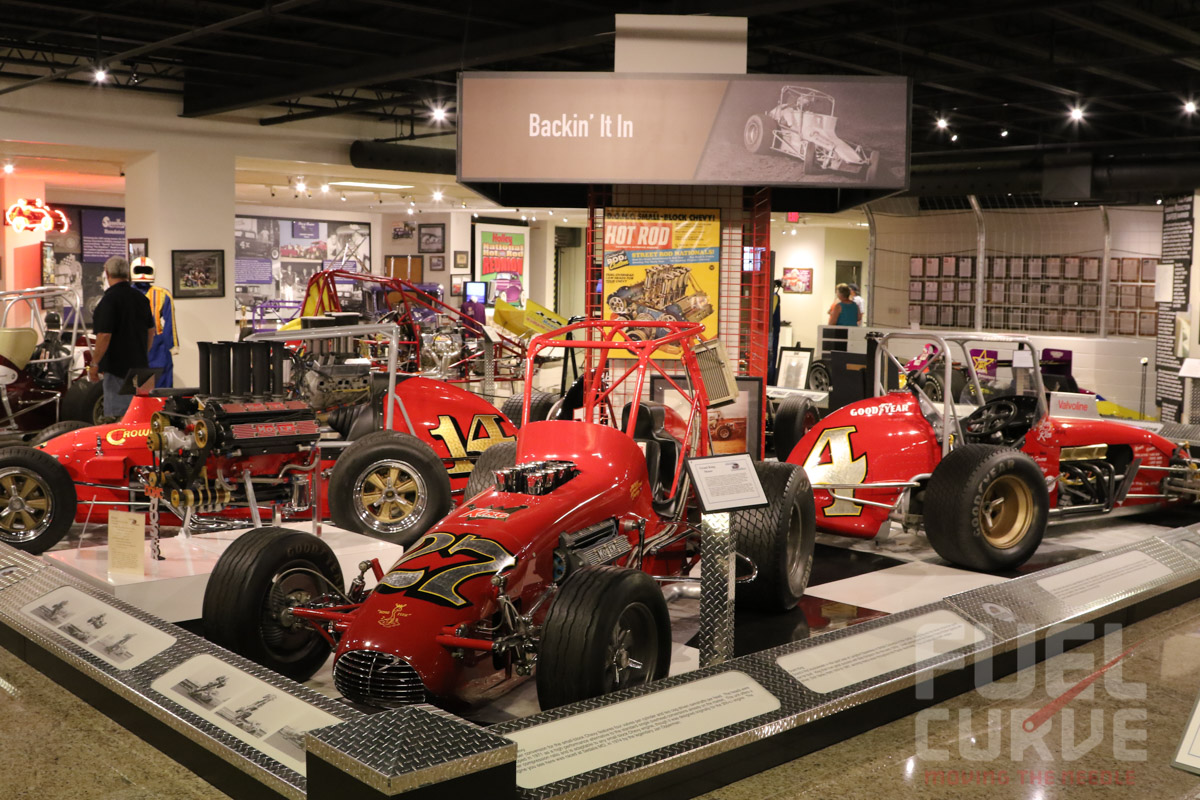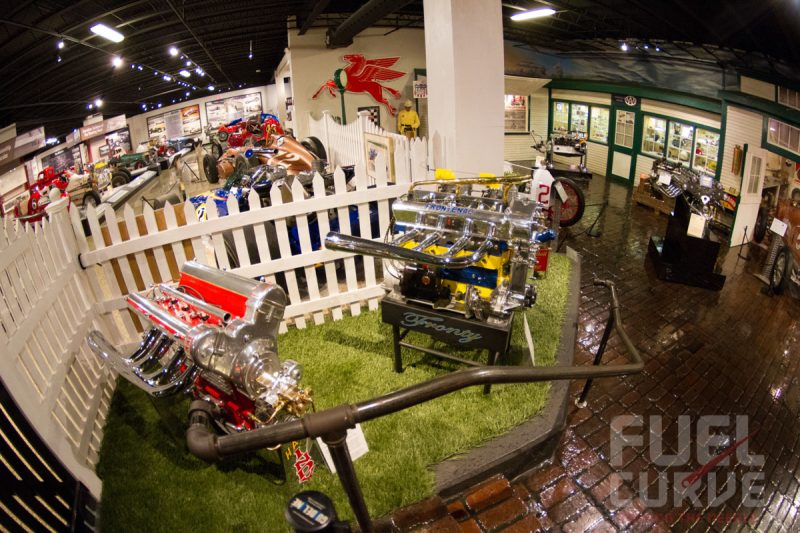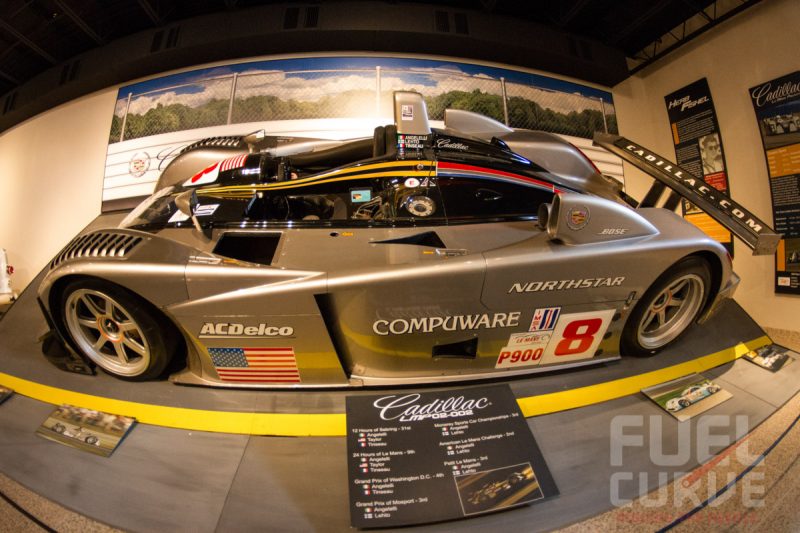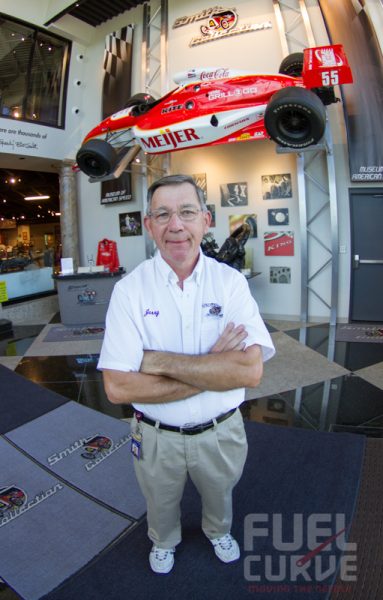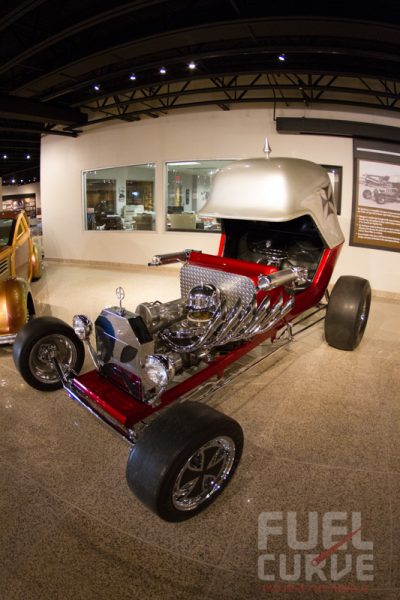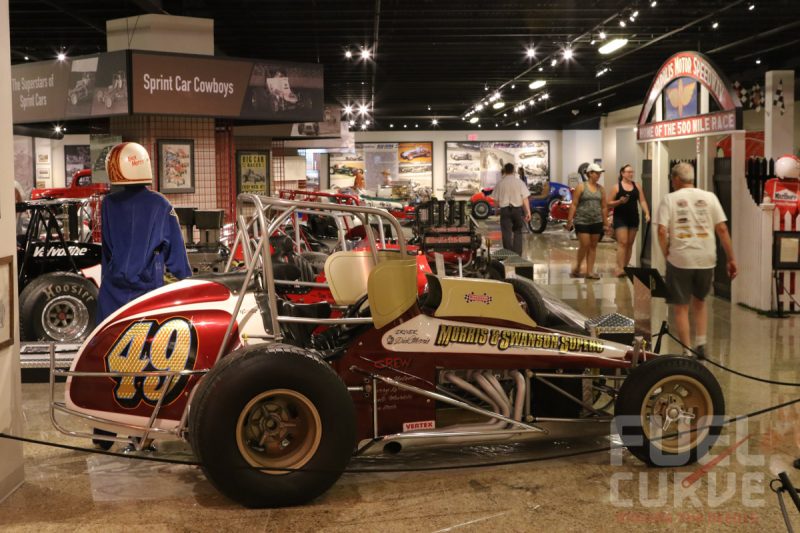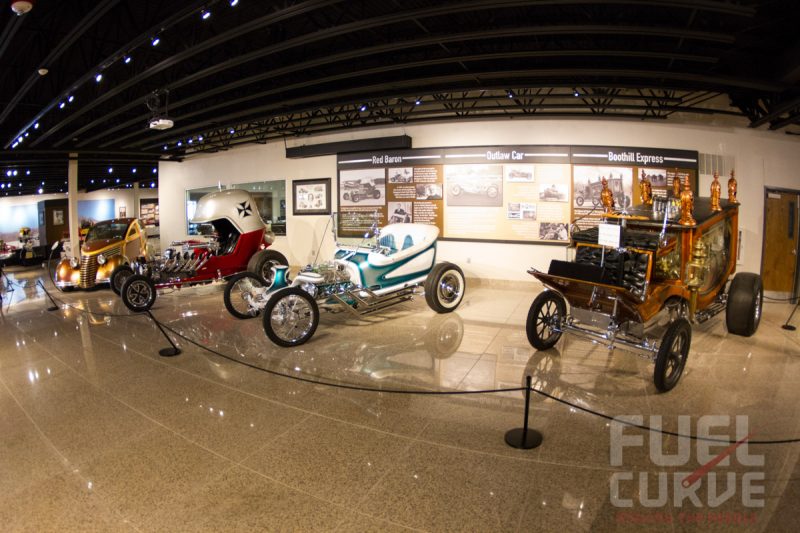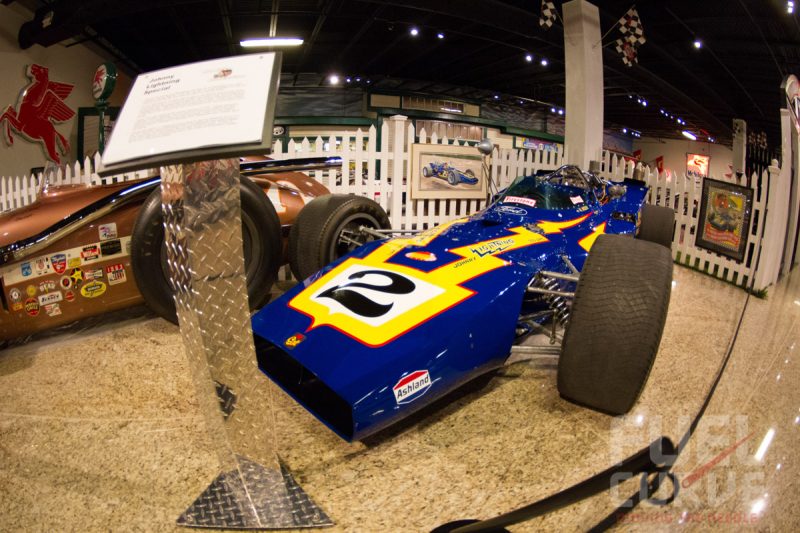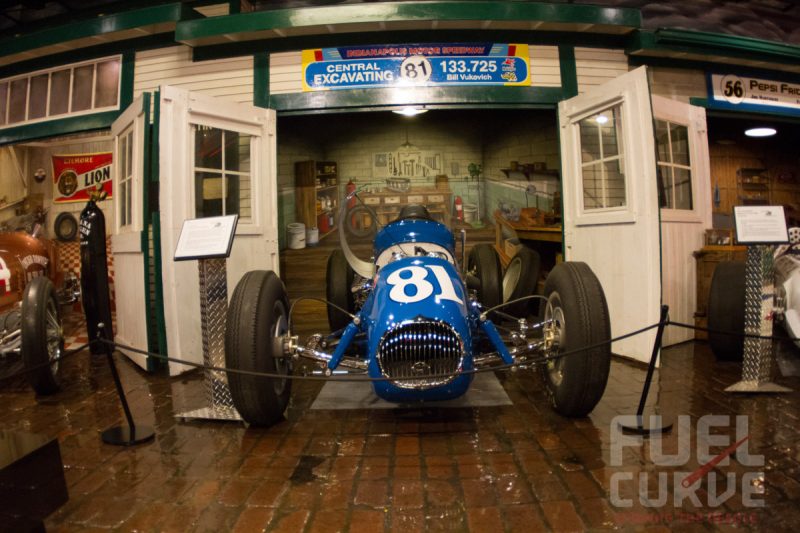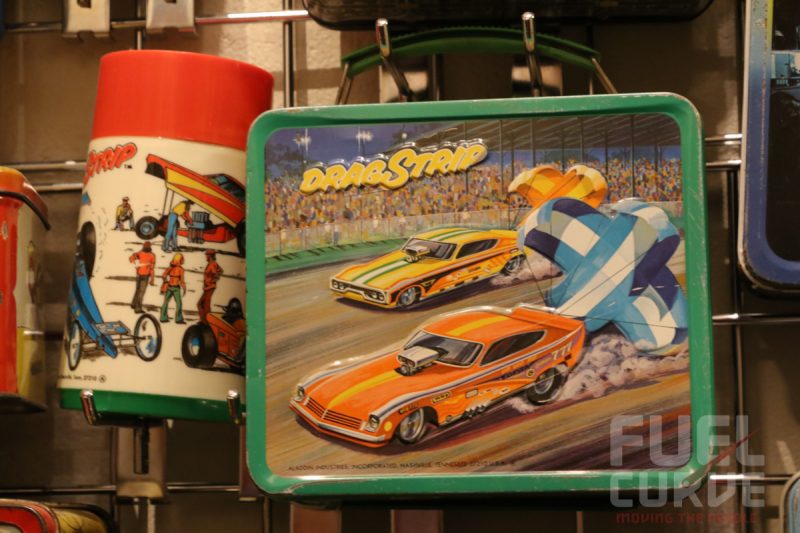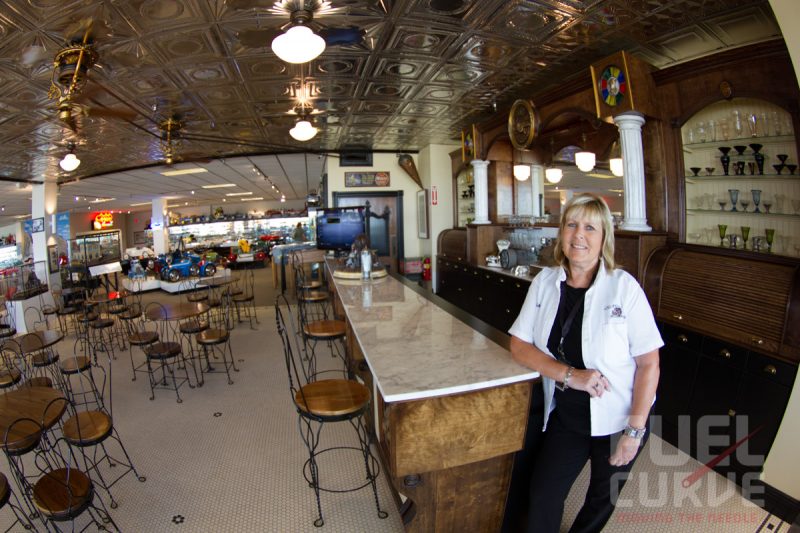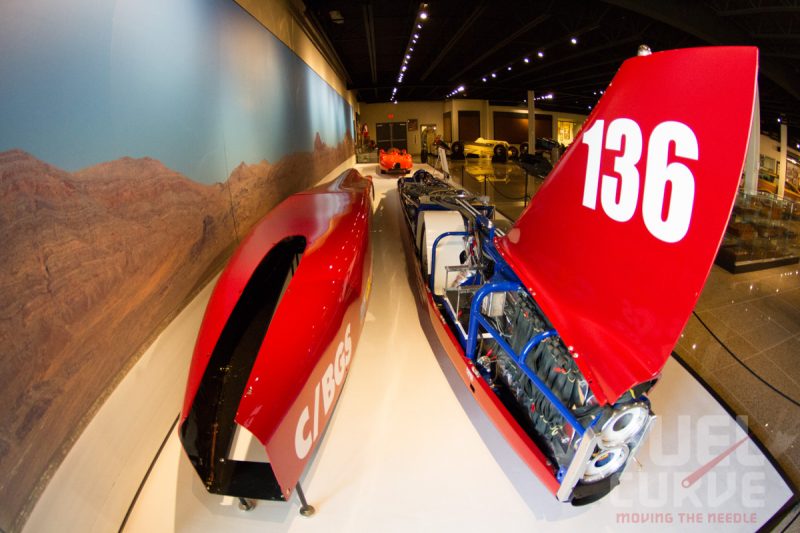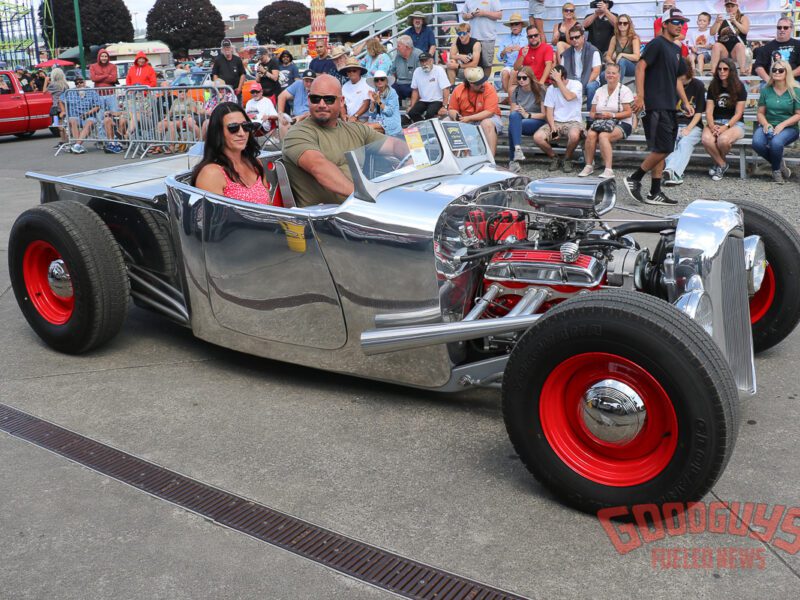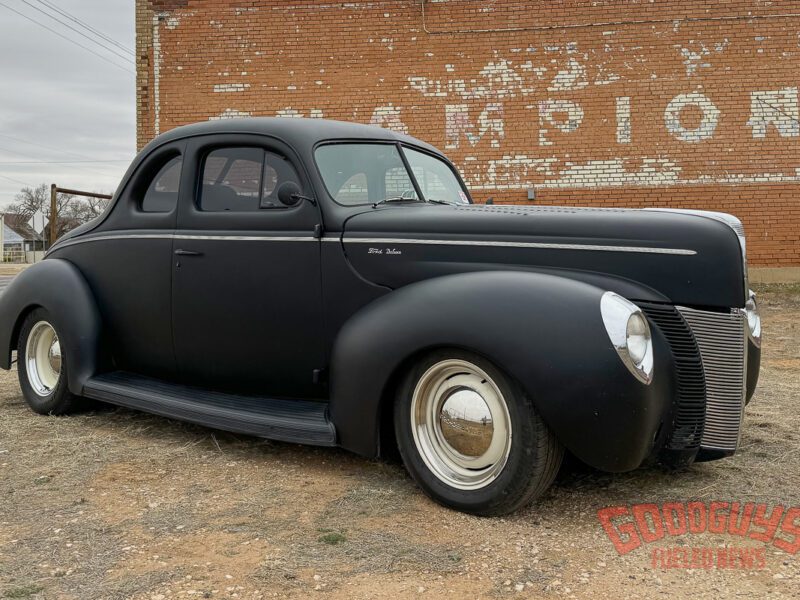Speedway Motors Museum, The Ultimate Motorsport Showcase
The Speedway Motors Museum, officially named the Museum of American Speed in Lincoln, Nebraska is unequaled in sprawl and splendor. If you’re looking for the history of American oval track racing and hot rodding under one roof – this is the spot. The hallowed halls of this speed centric shrine echo with racing’s greats. Opened in 1992 by Speedway Motors founders Bill and Joyce Smith, it features captivating exhibits and vehicles dating to the 1920s. Within the three-story structure Indy Cars, classic midget and sprint cars, go-karts, motorized toys, antique and rare cars, automotive memorabilia, and signature cars from hot rodding’s past are on display. To be quite honest, it’s breathtaking.
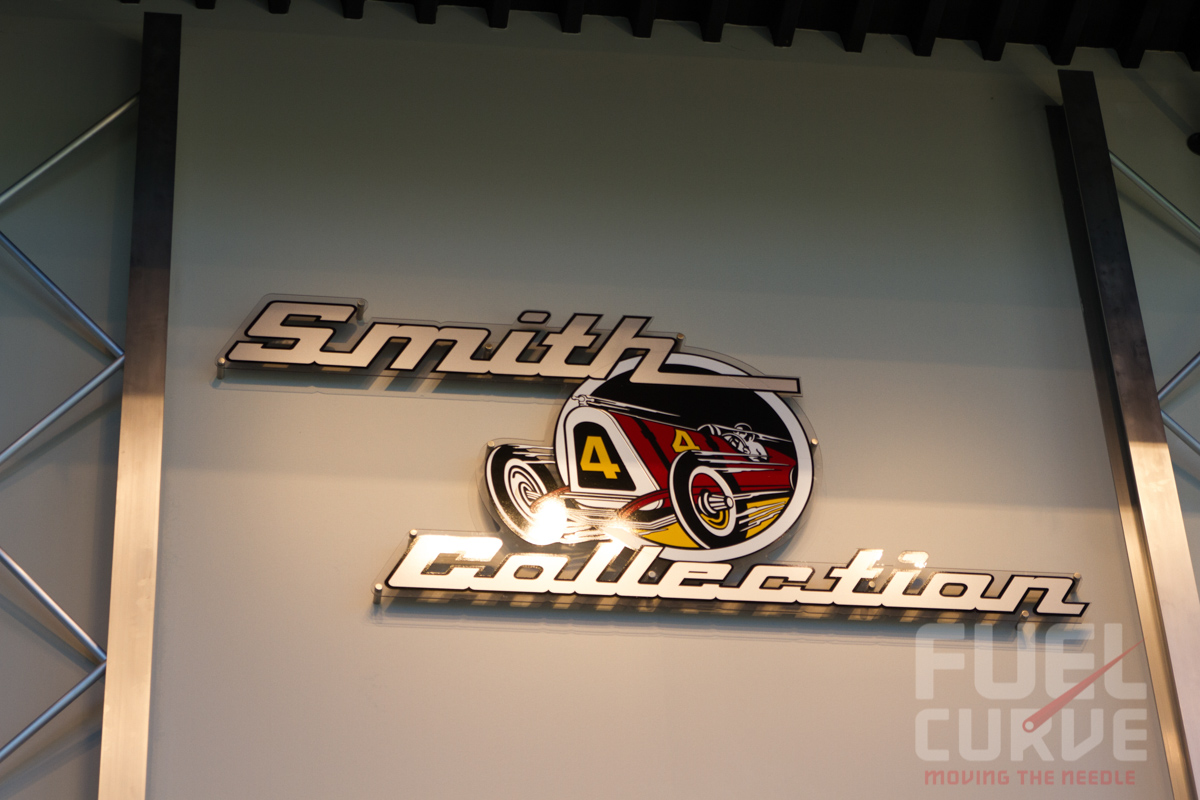

It’s probably more accurate to describe the Smith Collection Museum of American Speed as several world-class compilations of automotive artifacts. While the museum’s primary claim to fame is the world’s largest collection of vintage and exotic engines and speed equipment, there is also a vast assortment of historic race cars, one-of-a-kind hot rods, and rare classics. The museum’s massive pedal car collection is unrivaled, as is the selection of auto-related toys. Everything is professionally presented in the pristine three-story facility. Three stories of speed!
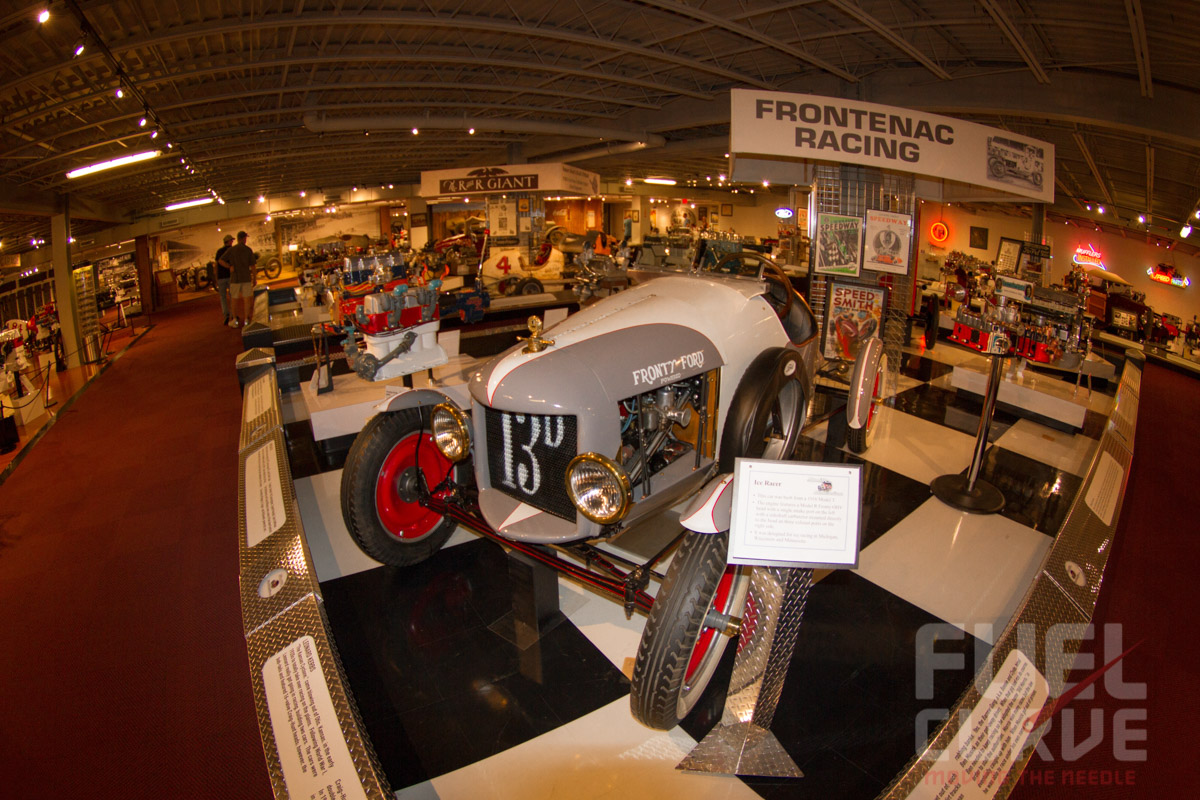

 Wingless and winged sprint cars span the decades.
Wingless and winged sprint cars span the decades.
Singling out a particular attraction isn’t easy, as each visitor gravitates toward different things. Circle-track fans may favor the awe-inspiring gallery of Miller engines, the Gasoline Alley display of Indy 500 artifacts, or one of the many early dirt-track cars. Classic car aficionados will appreciate the displays of Tucker, the Duesenberg, or the Hudson pickup. Hot rodders will drool over Chuck Miller’s Red Baron, Big Daddy Roth’s “Outlaw”, or the Posies Extremeliner Studebaker wagon. It’s hours of endless entertainment. And…they let you take as many pictures as you want.
Why and how did this speedy shrine come to exist? The story dates back to 1952 when “Speedy” Bill Smith opened Speedway Motors. Yet even before that, he began collecting performance parts. As a teenager in the ‘40s, “Speedy” Bill wheeled and dealed in early Ford cars and parts. During one transaction he ended up with a used Hal overhead-cam conversion for a Model A mill. The piece intrigued him, and he spent an inordinate amount of time studying its engineering. Soon he was sniffing out and squirreling away any other early speed parts he could get his hands on, components with names like Roof, Rajo, Riley, and Frontenac.
Over the years and throughout the evolution of Speedway Motors, Speedy Bill continued to collect, organize and promote his wares. Not only did he race and sponsor race cars, he was good at it. Whether it was jalopies, Indy Cars, dirt track machines, dragsters or land speed efforts, Smith’s own cars, and sponsored cars flew their traditional purple livery with much success. After a decades-long and much-decorated career in racing, he was inducted into several important venues including a 2000 induction into the Sprint Car Hall of Fame. He passed away in May of 2014
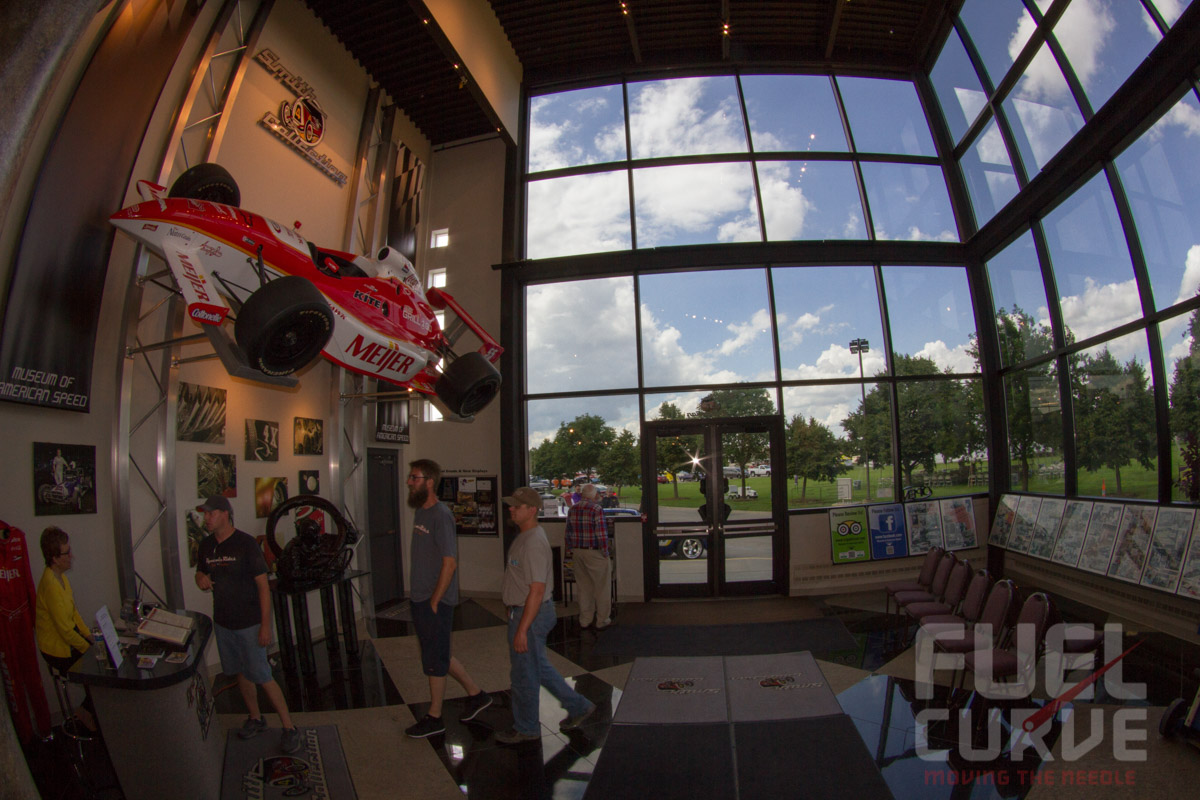
The Museum of American Speed is Smith’s legacy and gift to gearheads worldwide. To plan your visit point your mouse HERE.

